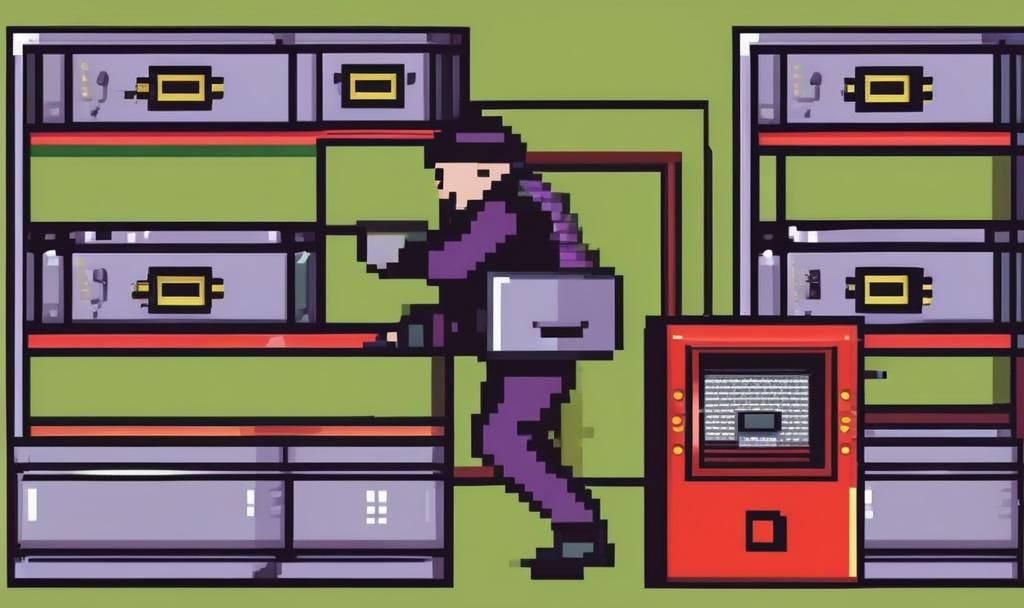The Dangerous Trend of "Break-and-Inspect" in IT Security
In recent years, a troubling trend has emerged in the world of IT security: the adoption of "break-and-inspect" tools. While these tools promise enhanced visibility into network traffic, they actually introduce significant vulnerabilities that can compromise the very security they aim to protect. This approach is not only logically flawed but has been proven dangerous through real-world incidents.
The Logical Fallacy of Break-and-Inspect
The fundamental problem with break-and-inspect tools lies in their core functionality. By decrypting traffic for inspection, these tools create a single point of failure within the network. This decryption point becomes an irresistible target for attackers. If compromised, it offers unfettered access to all network traffic in clear text.
This scenario is akin to storing all your valuables in a single safe and then advertising its location. No matter how secure that safe might seem to be, it becomes the focal point for any potential theft, significantly increasing the risk of a catastrophic breach.
Real-World Consequences
Recent high-profile incidents have starkly illustrated the dangers of this approach:
1. AT&T and Verizon Breaches: As recently as October 2024, hacking the telecoms’ break-and-inspect devices caused them to suffer massive data breaches perpetrated by Chinese-linked hackers, potentially affecting millions of customers.
2. Zero-Day Exploits Targeting Security Tools: F5 and Zscaler, both prominent providers of security solutions including traffic inspection capabilities, have been targeted by zero-day exploits. And that’s just the tip of the iceberg, similar zero-day vulnerabilities have been reported in nearly every break-and-inspect tool in the past 24 months. These attacks demonstrate that security tools themselves can become vectors for breaches.
These incidents underscore a crucial point: the very tools designed to enhance security can become the weakest links in the security chain.
The Zero-Knowledge Alternative
In contrast to the flawed break-and-inspect model, Zero Knowledge Networking approaches, such as Xiid SealedTunnel™, offer a fundamentally more secure paradigm. This approach ensures that:
1. Traffic remains encrypted end-to-end, with no intermediate decryption points.
2. Even if network nodes or devices are compromised, traffic remains secure.
3. Only the intended endpoints have the capability to decrypt the traffic.
Xiid SealedTunnel takes this concept further by implementing a triple-layer encryption scheme, including quantum-secure key encapsulation and digital signature mechanisms. This not only protects against current threats but also safeguards against future quantum computing attacks.
The Fundamental Principle: You Can't Break What Isn't There
The most robust security strategy adheres to a simple yet powerful principle: you can't break what isn't there. By ensuring that clear-text information is never present anywhere except at the intended endpoints, Xiid's approach eliminates the vulnerabilities inherent in break-and-inspect methodologies.
When correctly designed, and through adoption of quantum-secure key encapsulation methods and authenticated encryption algorithms, this strategy also protects against Harvest Now, Decrypt Later (HNDL) attacks, where adversaries collect encrypted data with the intention of decrypting it once more powerful computing resources become available.
Conclusion
The adoption of break-and-inspect tools represents a dangerous regression in IT security practices. It creates unnecessary vulnerabilities and has been proven ineffective through real-world breaches. Instead, organizations should embrace Zero Knowledge Networking approaches that maintain end-to-end encryption and eliminate single points of failure.
By prioritizing true end-to-end security and adopting technologies like Xiid SealedTunnel, organizations can ensure that their sensitive data remains protected, both now and in the quantum future.
In the ever-evolving landscape of cybersecurity, the safest approach is to ensure that there's nothing to break in the first place.




